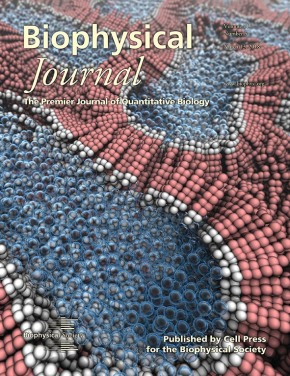 When discussing biological lipid structures, the most commonly associated organizations are lamellar bilayers, liposomes, or micelles. Another organization is the bicontinuous cubic structure, where a lipid bilayer separates two water bodies tightly folded in three dimensions. A continuous unfolding between lamellar and apparent cubic-like organizations has been observed in the endoplasmatic reticulum of metazoan cells as well as the thylacoid membrane of chloroplasts. This behavior, along with their bicontinuous structure, has also made these structures an interesting target for drug delivery studies. Furthermore, continuous unfolding of cubic-like lipid structures has been proposed as a mechanism involved in the formation of the human skin barrier, which is situated in the top-most layer of the human skin, the stratum corneum. Utilizing coarse-grained molecular dynamics simulations, we set out to test the hypothesis that a deglycosylation of glycosylceramide headgroups, combined with dehydration of the lipid structure, could be important for the transformation of a cubic-like lipid structure into a lamellar bilayer structure.
When discussing biological lipid structures, the most commonly associated organizations are lamellar bilayers, liposomes, or micelles. Another organization is the bicontinuous cubic structure, where a lipid bilayer separates two water bodies tightly folded in three dimensions. A continuous unfolding between lamellar and apparent cubic-like organizations has been observed in the endoplasmatic reticulum of metazoan cells as well as the thylacoid membrane of chloroplasts. This behavior, along with their bicontinuous structure, has also made these structures an interesting target for drug delivery studies. Furthermore, continuous unfolding of cubic-like lipid structures has been proposed as a mechanism involved in the formation of the human skin barrier, which is situated in the top-most layer of the human skin, the stratum corneum. Utilizing coarse-grained molecular dynamics simulations, we set out to test the hypothesis that a deglycosylation of glycosylceramide headgroups, combined with dehydration of the lipid structure, could be important for the transformation of a cubic-like lipid structure into a lamellar bilayer structure.
The cover image for the March 13 issue of the Biophysical Journal displays a sliced section of a bicontinuous cubic structure containing a coarse-grained representation of skin ceramides and water. The three-dimensionally folded nature of the structure can be seen from the closest water channel (water depicted as blue hollow spheres) which curves into the plane of the image and disappears. The coarse-grained representation of the ceramides shows the hydrophilic headgroup region in white, and the hydrophobic carbon chains in pink.
This image was created from one of the starting structures in our coarse-grained molecular dynamics simulations and highlights the size and complex nature of these structures. Historically, these structures have been a prohibiting factor for in silico studies. With recent, and future advances in hardware and software, we hope that computational tools together with experimental studies will enable us to fully understand the mechanisms involved in the formation of cubic structures.
– Christian Wennberg, Ali Narangifard, Magnus Lundborg, Lars Norlén, Erik Lindahl